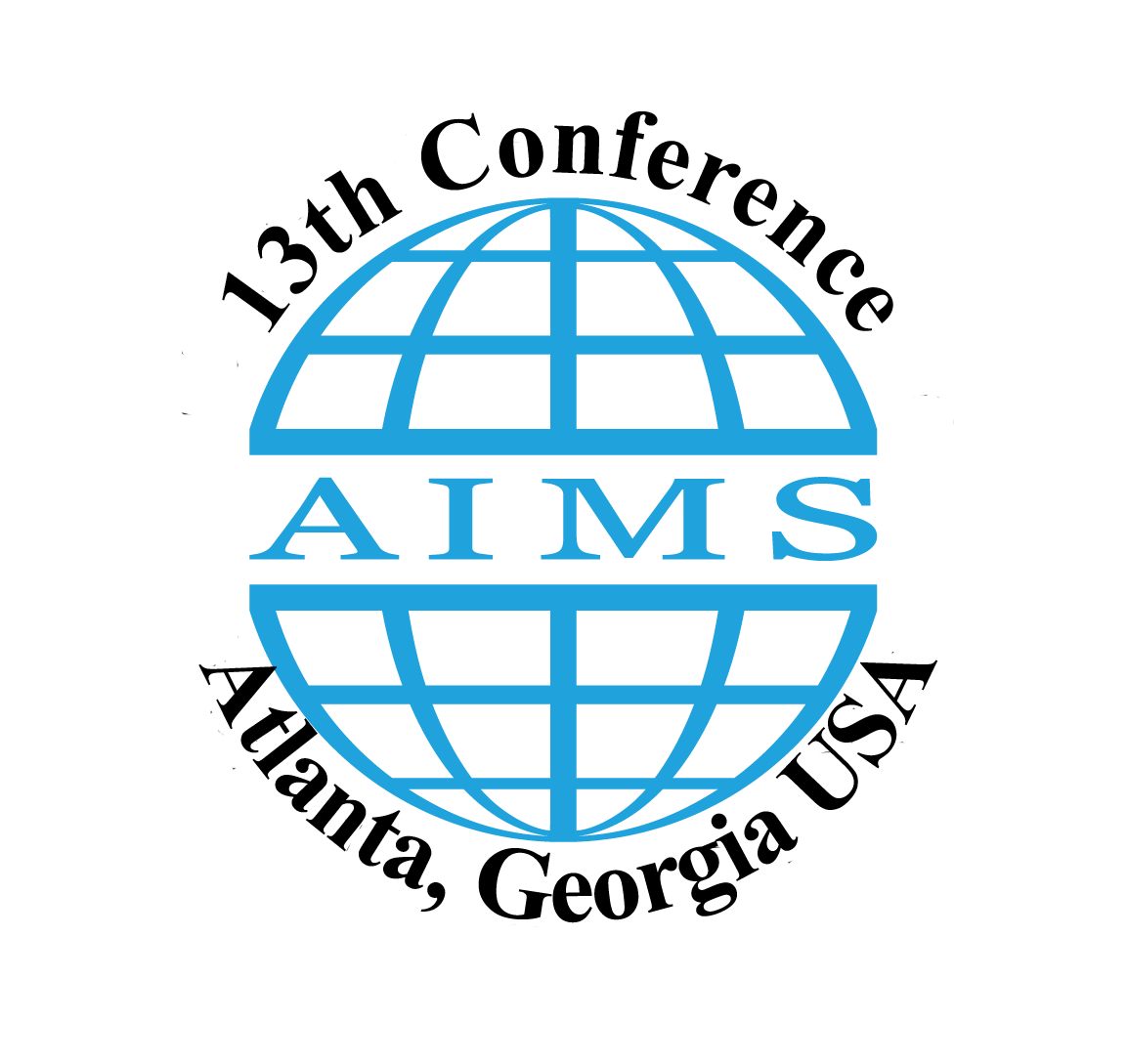|
Format: Plenary invited lectures (50-minute), special sessions (30-minute), contributed sessions (20-minute), and poster sessions. Student Paper Competition. Topics: Pure and applied analysis, including differential equations and dynamical systems, in the broadest sense. The application areas are diverse and multidisciplinary, covering areas of applied science and engineering that include biology, chemistry, physics, finance, industrial mathematics and more, in the forms of modeling, computations and simulation.
The Conference aims to promote and influence more cooperation, understanding, and collaboration among scientists working in dynamical systems, differential equations and applications. The goals of the meeting are a cross-fertilization of ideas from different application areas, and increased communication between the mathematicians who develop dynamical systems techniques and the applied scientists who use them. |
||||||||||||||||||||||||||||||||||||||||||||

2020 Atlanta USA Poster(PDF)

